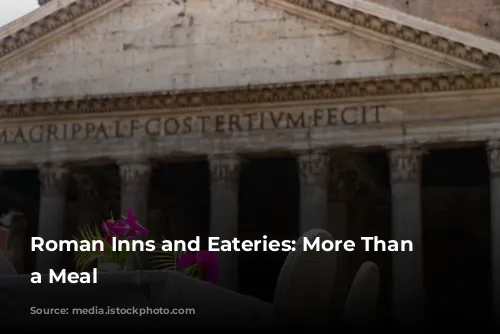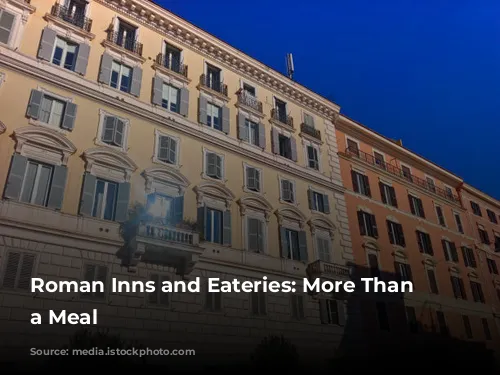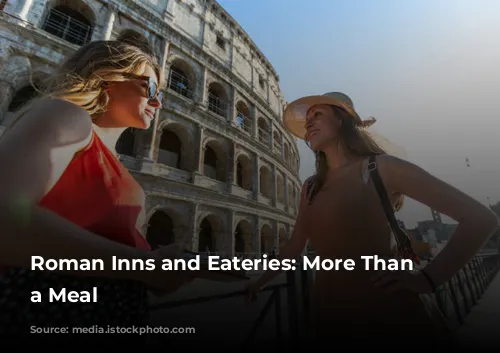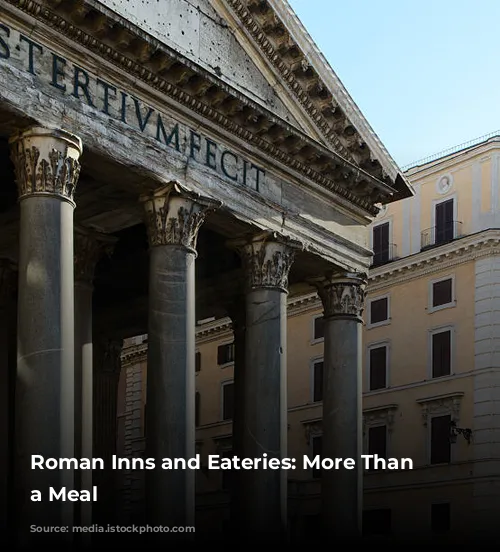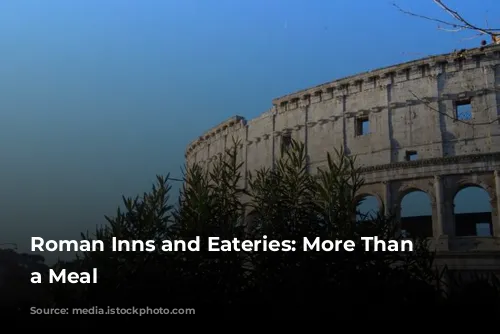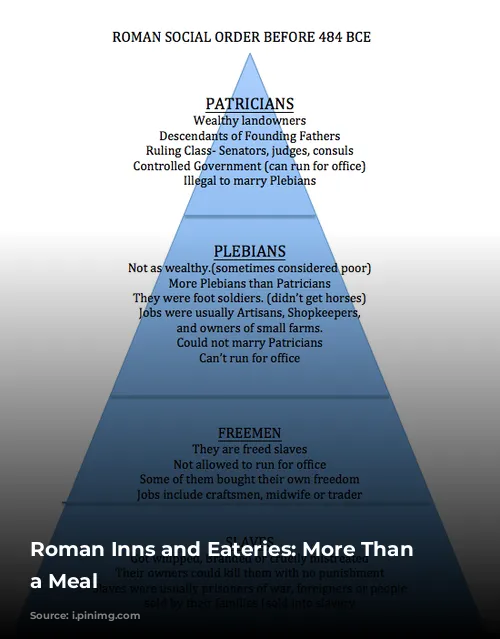Have you ever wondered about the bustling social scene of ancient Rome? Did you know that dining out was a common practice, with a variety of eateries catering to all walks of life? Let’s take a journey back in time to explore the different types of Roman inns and hotels that were essential parts of everyday life.
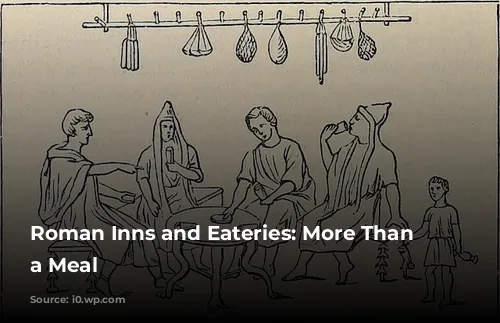
A Feast of Choices: From Taverns to Take-Away
Roman cities were vibrant hubs of activity, and food and drink were always in high demand. Eateries like cauponae, tabernae, popinae, and thermopolia dotted the streets, offering a range of options from quick snacks to full meals. These establishments were typically found near the forum, bathhouses, and residential areas, providing convenience for the locals and travelers alike.
Cauponae and tabernae, often referred to as Roman taverns, were popular spots for enjoying a meal, a drink, or a casual conversation. Imagine a cozy corner of a bustling marketplace, where patrons could savor simple dishes and share stories over a glass of wine. While both types of taverns offered food and drink, cauponae had an added advantage – they also provided basic lodging in rooms above the bar.
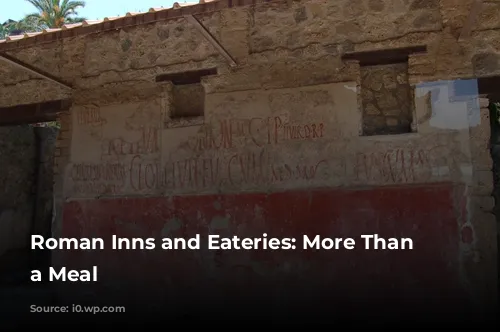
Beyond the Bar: More Options for Travelers
Roman travelers weren’t limited to the bustling taverns. They could also choose to stay in dedicated hotels and motels like hospitia, stabulae, or mansiones depending on their needs. These establishments offered a place to rest, refresh, and continue their journey.
Hospitia, which derived from the Latin word for hospitality, were originally rented rooms in private homes. However, they evolved into commercial establishments, offering guests food, drink, and lodging. They ranged from basic rooms to more luxurious settings with private dining areas and gardens.
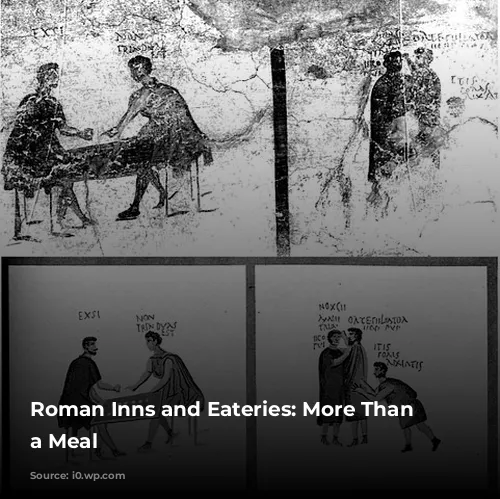
A Snapshot of Tavern Life: A Rowdy Scene Unfolds
Roman taverns were often lively places, reflecting the energy of the city around them. Just like bars today, they could be a bit rowdy, with patrons indulging in games and drinks. Imagine a scene where a group of friends gathers after a long day, playing dice and enjoying a bit too much wine. Laughter and heated arguments mix, punctuated by the occasional clink of glasses and the rumble of excited conversations.
While some taverns were known for their lively atmosphere, others aimed to attract a more refined clientele, offering private dining rooms for those who desired a more discreet experience.
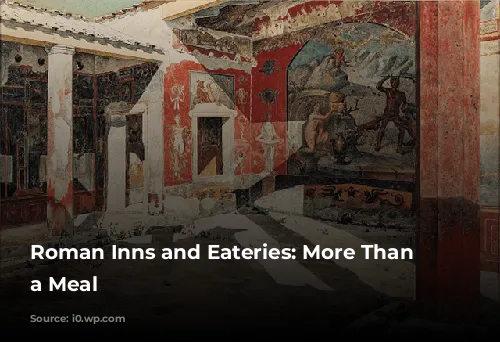
Quick Bites and Street Food: Thermopolia
Thermopolia were small booths with counters where patrons could buy take-away snacks. They were a common sight in busy areas, offering a quick and convenient meal option for people on the go. These booths often had a unique feature – a phallic-shaped door chime, a curious and slightly humorous reminder of their presence.
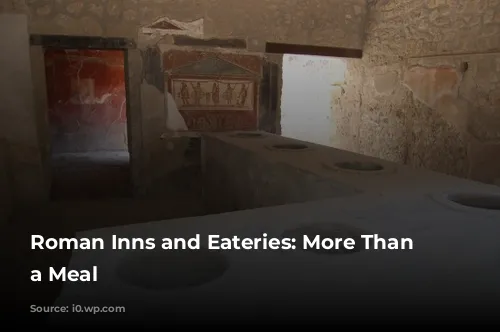
The Lowest-Grade Cookshop: Popinae
Popinae were the most basic type of Roman eatery. They served simple, inexpensive meals to the lower classes. These establishments were characterized by their L-shaped counters, where patrons could grab a quick bite or enjoy a cup of wine while standing or perched on a stool.
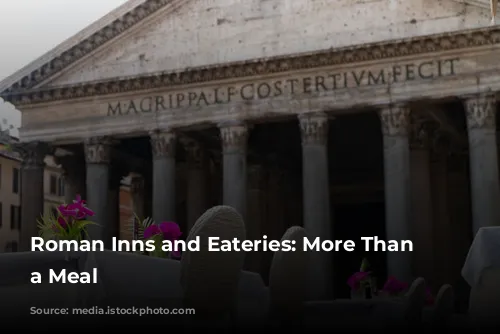
Inns and Hotels: A Spectrum of Experiences
Stabulae were motels located at the entrances of towns and cities. They offered accommodation for both people and animals. Their distinctive feature was a ramped entrance, allowing easy access for carts and pack animals.
Mansiones were the Roman equivalent of modern-day motorway service stations. They were found at regular intervals along the Roman road network, offering rest, refreshment, and a change of horses for travelers.
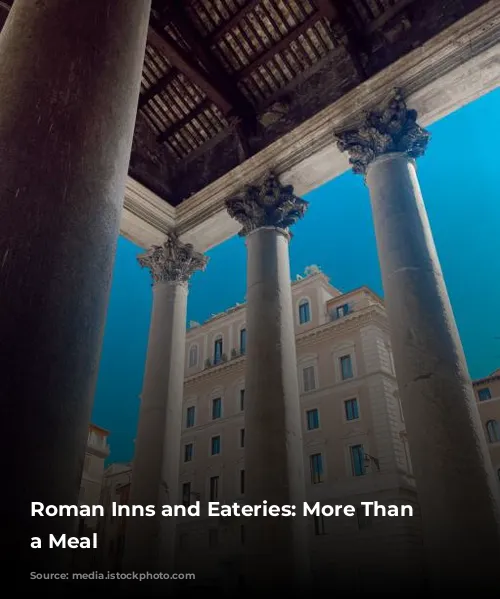
Conclusion: A Glimpse into Roman Life
From the boisterous taverns to the basic cookshops, the inns and eateries of ancient Rome provided a glimpse into the diverse and vibrant social life of the era. These establishments were more than just places to eat and drink. They were social hubs, offering a place to connect, relax, and experience the unique energy of Roman life. The next time you enjoy a meal out, think about the rich history of dining experiences that stretches back thousands of years.
